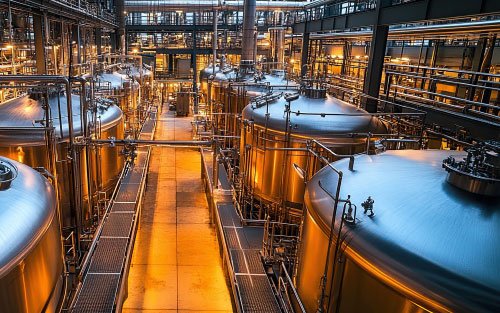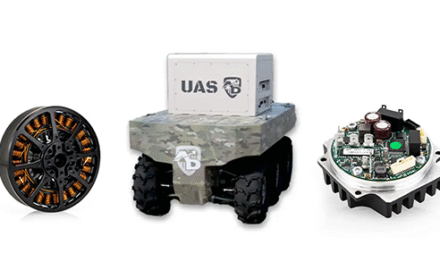The Future of Industrial Automation in Bioprocessing: Open, Intelligent, and Collaborative

Why openness matters for modern control systems
Connectivity remains the primary barrier to automation success.
Many plants run equipment with proprietary protocols and closed firmware.
Open standards let PLCs, DCS and MES systems exchange data reliably.
Therefore, vendor-agnostic platforms reduce integration cost and project risk.
From basic control to intelligent process management
Automation must move beyond sequence control and alarms.
Combine advanced sensors, PAT, and analytics to gain actionable insights.
Real-time models enable adaptive setpoints and reduce process variability.
These capabilities accelerate scale up and shorten time to clinic.
Speed, efficiency and environmental performance
Manufacturers demand higher throughput from the same assets.
Automation improves yield, enables faster changeovers, and reduces downtime.
Energy and water use often fall when controls and analytics optimize cycles.
Studies show energy reductions of up to 30% with intelligent control systems.
Validation, compliance and traceability
Bioprocess automation must satisfy rigorous regulatory frameworks.
Design automation with audit trails, electronic batch records, and PAT data.
Validation becomes simpler when systems use standardized interfaces and logs.
As a result, teams can demonstrate consistent quality across batches.
Accessibility: democratizing analytics and automation
Modern tools lower the barrier to data-driven decision making.
No-code dashboards and domain-specific apps empower process scientists.
In addition, embedded ML models surface root causes and actionable alerts.
Process Analytical Technology (PAT) adoption grows with market investment.
Collaboration accelerates industry progress
Vendors, manufacturers and regulators must share standards and test methods.
Collaborative validation shortens adoption time for new automation tech.
Open ecosystems also encourage third-party innovation and plug-and-play modules.
Market momentum and economic context
The bioprocess automation market shows strong multi-year growth.
Analysts estimate the global market exceeded USD 7.7 billion in 2024. :contentReference[oaicite:2]{index=2}
Single-use bioprocessing and PAT segments show above-average expansion. :contentReference[oaicite:3]{index=3}
Practical recommendations from World of PLC
Start small but design for scale.
Choose controllers and software that support OPC UA and standard field buses.
Invest in sensors and PAT that deliver high-value control loops.
Train multidisciplinary teams in automation and data analytics.
Solutions and application scenarios
- Modular manufacturing: multi-product scheduling using PLC+DCS hybrid control.
- Continuous perfusion: PAT-driven control for stable product quality.
- Single-use lines: integrated consumables tracking and electronic BMRs.
Author
World of PLC — industry analysis and practical guidance for industrial automation.

FAQ
- How do open standards reduce time to market?
Open standards simplify integration, reduce custom code, and speed validation. - What role does PAT play in automation?
PAT provides real-time quality metrics to drive control and reduce variability. - Which controllers suit multi-product facilities?
Hybrid PLC+DCS architectures with OPC UA work best for flexible, regulated plants.
Learn more about compatible products and vendors at World of PLC.







